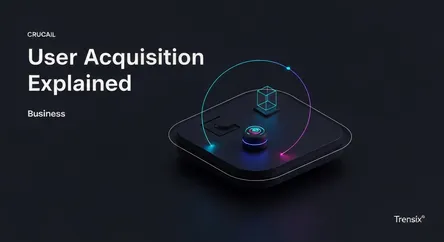Business
User Acquisition Explained

Discover what user acquisition is, why it's a critical strategy for startups, and how it shapes the competitive digital landscape.
What is it?
User Acquisition (UA) is the process of gaining new users for a product, platform, or service. For startups, this typically means attracting customers to a website or convincing people to download a mobile app. It's a fundamental marketing discipline that involves a range of strategies and channels, including paid advertising (like social media or search engine ads), content marketing, search engine optimization (SEO), influencer marketing, and referral programs. The goal isn't just to gain any user, but to acquire high-quality users who are likely to engage with the product and eventually become loyal, paying customers.
Why is it trending?
In today's hyper-competitive digital market, simply building a great product isn't enough. Startups are trending heavily towards data-driven UA strategies to cut through the noise and achieve scalable growth. Investors look for clear, cost-effective UA models as proof of a viable business. The rise of sophisticated analytics tools allows companies to precisely track metrics like Customer Acquisition Cost (CAC) and Lifetime Value (LTV), enabling them to optimize campaigns for maximum return on investment and outmaneuver competitors in the fight for market share.
How does it affect people?
For founders and marketers, a strong user acquisition strategy is the lifeblood of their startup, directly influencing revenue, valuation, and survival. For consumers, UA strategies shape much of their online experience. The targeted ads they see, the blog posts they read, and the social media promotions they encounter are all part of a company's effort to acquire them as a user. When done well, it connects people with products and services that genuinely solve their problems. However, overly aggressive or poorly targeted tactics can lead to ad fatigue and a negative perception of a brand.